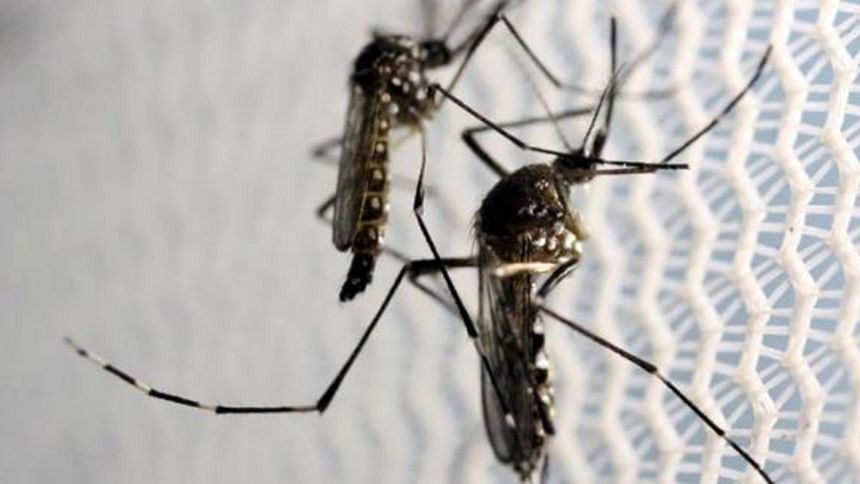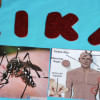First cluster of Zika virus cases identified in Bangladesh: icddr,b

Bangladesh has detected a cluster of Zika virus cases, highlighting the need for a nationwide screening to determine the "true burden of the disease" in the country.
The scientists at icddr,b identified five Zika-positive patients from the samples collected in 2023, all from the same area in Dhaka.
An article on the findings was published on the icddr,b website today.
According to the article, icddr,b scientists conducted a small, targeted screening for the presence of circulating Zika virus and detected five positive cases among patients' samples, marking the first identification of a cluster of Zika-infected patients in the country.
The study involved screening samples from 152 patients who visited the diagnostic facility of icddr,b in Mohakhali, Dhaka in 2023. These patients exhibited fever along with at least one other symptom of the virus.
"The presence of Zika virus infection in five of these samples suggests that a larger, nationwide screening is necessary to quantify the true burden of the disease in Bangladesh," the article states.
All five patients lived within a one-kilometre radius of each other and had no history of international travel in the past two years.
"The patients all got tested within about a month, suggesting they were part of the same chain of transmission," it added.
One of the five cases was also infected with dengue virus—marking the first recorded instance of Zika-dengue coinfection in Bangladesh.
A retrospective surveillance study by the Institute of Epidemiology, Disease Control and Research (IEDCR) in 2016 had previously confirmed the country's first Zika-positive case in a patient sample collected in 2014.
As the patient had no history of foreign travel, experts believe Zika virus was already circulating in Bangladesh before the 2015 outbreak in Brazil.
The article noted that Zika virus infection is likely underdiagnosed and underreported for two reasons: first, about 80 percent of infected individuals do not develop noticeable symptoms; and second, when symptoms such as headache, fever, and muscle pain do appear, they resemble those of dengue and chikungunya, leading to misdiagnosis.
However, the virus poses a significant threat to pregnant women, as it can cause severe fatal complications such as microcephaly, resulting in increased infant mortality and intellectual disabilities.
Unlike dengue, Zika can spread not only through mosquitoes but also via sexual intercourse, blood transfusion, mother-to-child transmission, and non-sexual physical contact.
To further understand the virus, icddr,b researchers performed whole genome sequencing of samples from three of the cases at the icddr,b Genome Centre.
Their comparative analysis found that the Bangladeshi Zika strains belong to the Asian lineage, which has been linked to microcephaly and other neurological disorders. These strains were most closely related to those identified in Cambodia and China in 2019.
Experts believe that Bangladeshi migrant workers returning from Zika-affected countries in Southeast Asia could be a possible route for the virus to spread within and beyond their communities in Bangladesh.
The article emphasised the need for routine Zika virus testing for travellers arriving from Zika-affected regions, along with enhanced diagnostic capacity and systematic national surveillance to prevent future outbreaks.

 For all latest news, follow The Daily Star's Google News channel.
For all latest news, follow The Daily Star's Google News channel. 









Comments